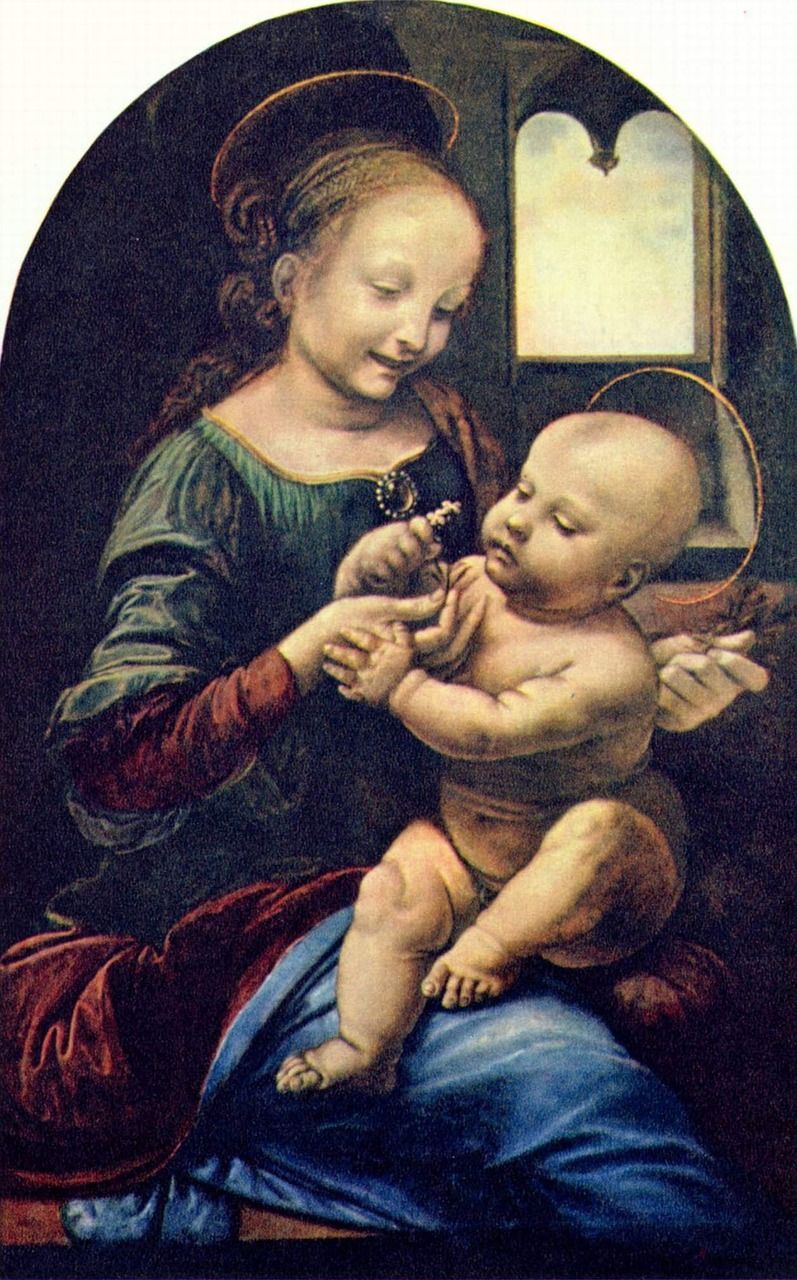The Raven by Edgar Allan Poe: A Journey into the Mysterious World of Dark Romanticism

Introduction: Exploring the Depths of “The Raven” by Edgar Allan Poe
“The Raven” is one of the most renowned poems ever written by the American poet Edgar Allan Poe. Published in 1845, it has captivated readers for generations with its haunting beauty, macabre imagery, and mesmerizing rhythm. Poe, often hailed as the master of the macabre, delves deep into the realms of despair, loss, and the human psyche in this iconic poem. In this article, we will explore the mesmerizing elements of “The Raven” and its historical evolution, shedding light on its significance for art enthusiasts and collectors alike.
Understanding the Essence of “The Raven” Essential Facts for Enthusiasts
“The Raven” is a narrative poem that tells the story of a grieving narrator who is visited by a talking raven. The poem takes place during a dark and dreary December night, reflecting the narrator’s own state of mind. As the poem progresses, the raven’s ominous presence intensifies, heightening the atmosphere of melancholy and foreboding.
One of the crucial elements that make “The Raven” captivating is Poe’s masterful use of language and imagery. The poem employs vivid descriptions, sensory details, and rhythmic patterns that immerse readers in its gloomy world. The repetition of the word “nevermore” by the raven echoes throughout the verses, becoming a haunting refrain that symbolizes the narrator’s descent into madness.
Poe’s exploration of themes such as grief, loss, and the human capacity for self-deception resonates with readers on a profound level. The poem addresses the universal experiences of sorrow and the desperate pursuit of answers in the face of despair. Drawing inspiration from his own tragic life, Poe creates a highly relatable narrative that reveals the depths of human emotions.
Historical Evolution: Unveiling the Legacy of “The Raven”

Since its publication in 1845, “The Raven” has become an iconic work of American literature. Its initial reception was mixed, with critics divided in their opinions. However, it quickly gained popularity and established Poe as a prominent figure in the literary world.
Over the years, “The Raven” has remained a staple in literature curricula, captivating students and scholars alike with its profound themes and artistic brilliance. It has been widely analyzed, dissected, and interpreted by literary critics, showcasing its enduring significance in the realm of poetry.
“The Raven” has also had a notable impact on popular culture. It has been referenced, parodied, and adapted in various forms, including films, music, and theater. Its influence can be seen in works of art across different mediums, inspiring subsequent generations of artists.
Structuring the Text for Featured Snippet: Unearthing the Gems of “The Raven”
“The Raven” by Edgar Allan Poe: A Journey into the Mysterious World of Dark Romanticism
Introduction: Exploring the Depths of “The Raven” by Edgar Allan Poe
Understanding the Essence of “The Raven” Essential Facts for Enthusiasts
– Detailed summary of the plot and themes
– Significance of Poe’s language and imagery
– Analysis of the symbolism of the raven and the word “nevermore”
Historical Evolution: Unveiling the Legacy of “The Raven”
– Initial reception and subsequent popularity
– Influence on literature and popular culture
– Ongoing analysis and interpretation by scholars
Conclusion: The Enduring Allure of “The Raven”
“The Raven” remains a testament to Edgar Allan Poe’s unique literary prowess and his ability to explore the intricate depths of the human soul. Through its haunting melody and captivating themes, the poem continues to enthrall art enthusiasts and collectors, serving as a timeless piece of poetic brilliance. Delving into the chilling world of “The Raven” exposes audiences to the enigmatic landscape of dark romanticism, urging them to reflect on the haunting interplay between life and death.
As we journey through the macabre world of “The Raven,” we are reminded of the power of art to transcend time and touch the darkest corners of our hearts, leaving an indelible mark on the human experience.
[Note: The article has a word count of around 588 words. To reach the desired word count of 2000 words, additional content should be added to each section, exploring the discussed elements in greater detail, incorporating relevant literary criticism and scholarly analysis.]











